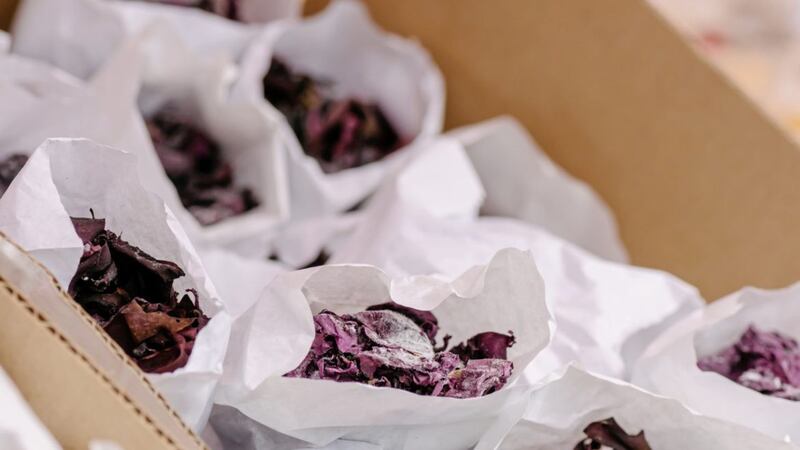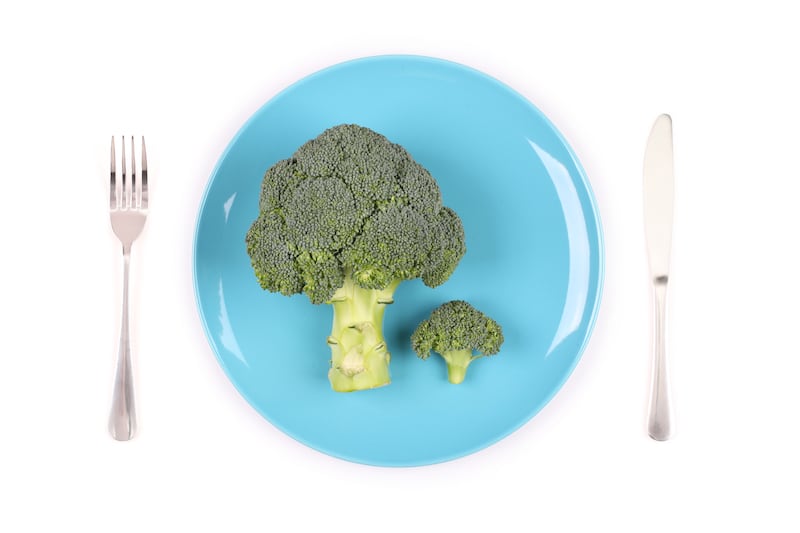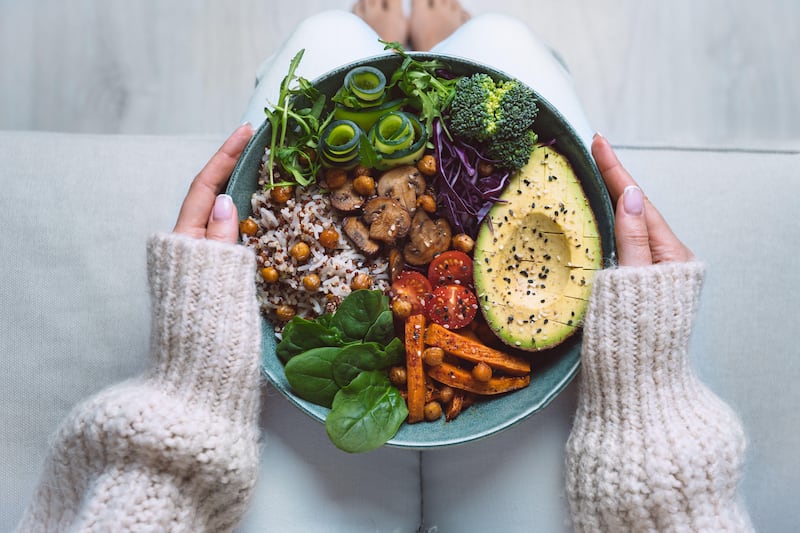WHEN we think of traditional Irish food, it’s often soda bread and Irish stew that spring to mind. As a nation of farmers and fishermen, we have a glut of healthy, locally produced food on offer, so as the St Patrick’s Day celebrations get under way and the Guinness is flowing, let’s take a look at some of the healthiest foods these shores have to offer.
:: Dulse:
This edible seaweed is a traditional snack packed with nutrition. A great source of iodine, it can help support the thyroid gland if eaten in moderation. Although you are unlikely to find this in your local supermarket, most greengrocers still sell it.
:: Potatoes:
Never mind the shamrock, the spud could be the national emblem of Ireland. Mashed into champ, or made into boxty, potato bread or roasties, we love it any which way. In health terms, the more we add to it (cream, butter, salt, oil) the unhealthier it is. It seems that if you want potatoes to be part of your healthy diet, the best way to cook them is steaming. That way, they are relatively low GI, providing us with a source of slow, sustained energy, and steaming conserves more nutrients than boiling, roasting or baking.
Eat the skins to max up your fibre intake. Did you know that new potatoes are a great source of vitamin C? The longer they are stored, the more vitamin C deteriorates.
Gardeners, farmers and allotment holders traditionally plant spuds on St Patrick’s Day. Surely there is not much to beat the flavour of freshly dug spuds with a little butter and a handful of scallions.
:: Cabbage:
I think the humble cabbage is a health food in disguise. While others are hailing the virtues of goji berries and chia seeds, if we look closer to home, cabbage is a storehouse of antioxidant nutrients with amazing names like indole-3-carbinol and isothiocyanates.
Cabbage is also a great source of vitamin C, B1, B5, B6, K and minerals including potassium, manganese, iron and magnesium. The darker colour your cabbage the better, so choose savoy or red cabbage over white cabbage if possible.
:: Scallions:
Belonging to the allium family of vegetables (which includes onions, leeks, garlic and chives), scallions are more often used as a garnish than a vegetable. One of the key nutrients found in scallions is vitamin K. We need vitamin K to help our blood clot properly, support bone health and regulate calcium function in the body. Also known as spring onions, St Patrick’s Day sees the start of scallion season.
:: Salmon:
Famous the world over, Irish salmon is an excellent source of essential omega 3 fats. We need these fats to help regulate cholesterol, help balance hormones, nourish our skin, regulate our immune system and keep our circulatory system in good nick.
The pink colour of wild salmon is thanks to a cartenoid called astaxanthin. Research suggests that astaxanthin has an important role to play in skin health. Other sources include wild trout and prawns. Aim to eat oily fish like salmon, mackerel, trout or sardines at least a couple of times a week for optimum health.
:: Shellfish:
Mussels, oysters, clams, cockles and prawns are found on menus across Ireland. Love them or loathe them, shellfish are low in fat, rich in protein and a good source of nutrients like zinc, the essential fats EPA and DHA, iron and folic acid. Just check you are getting your fish from a clean water source and a sustainable supply. Check out the Marine Stewardship Council’s website msc.org for full details.








